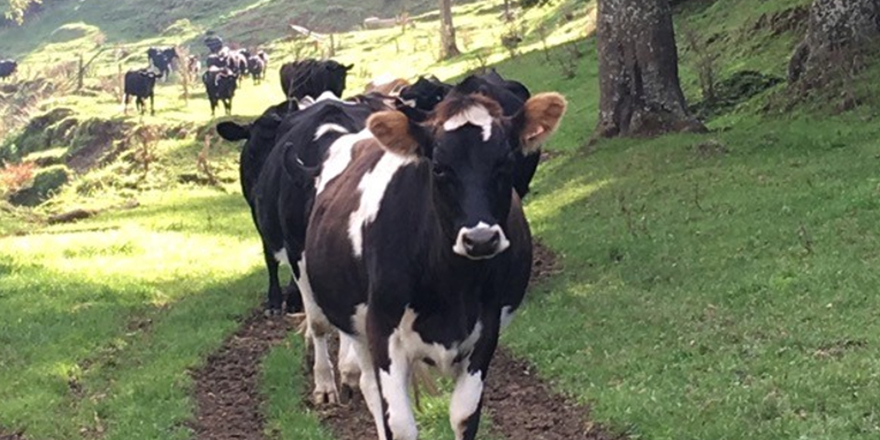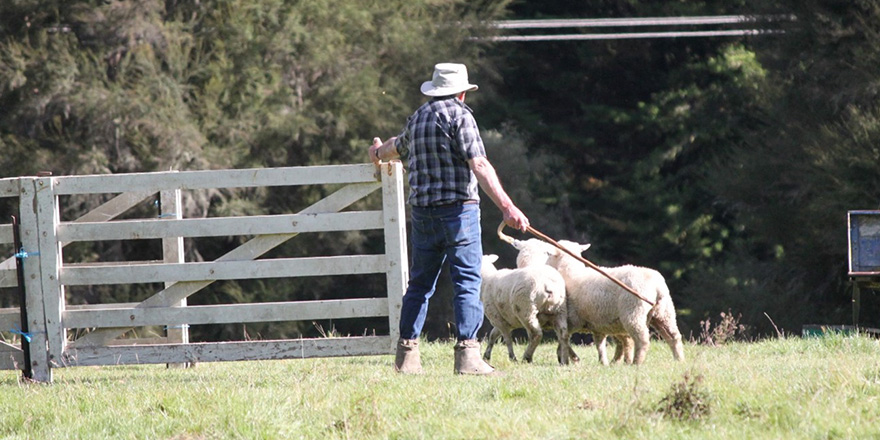
Executive Summary
The aim of this paper is to clearly define the Circular Economy (CE) concept and showing its potential for NZ agribusiness using mini case studies to provide insights on how we can improve our sustainability and add economic value in an ethically values-based way. The research methods used for this report involve a literature review and thematic analysis. The report includes comprehensive recommendations for the primary sector to assist in the transition to a CE.
At a high level, the CE is based on designing out waste and pollution, keeping products and materials in use, and decoupling growth from environmental pressure. The model distinguishes between technical and biological cycles (where consumption occurs). Key features of a CE include; the power of circling longer, and the power of cascaded use, closed loops, renewable energy, circular inputs, tight loops, and circular design.
Cradle to Cradle sits at the heart of CE and is a framework that aims to create production techniques that are not just efficient but are essentially waste free. With Cradle to Cradle the aim is for a positive footprint.
Technology is a key enabler for unlocking the potential of a CE, and this includes disruptive economies such as like Blockchain & Artificial Intelligence. Examples of this are explored in the report. The CE will enable new customer relationships as ‘consumers’ become ‘users’. With leasing or ‘performance’ contracts in place, more customer insights are generated for improved personalisation, customisation, and retention.
Consumers need to become more aware of the true environmental and social costs of their purchases and become more conscious consumers as they choose products and services from a CE. The challenge here is educating consumers and validating the authenticity of the product or service that comes from the CE. The consumer helps take responsibility for the waste they create. Consumers can potentially champion change in good behaviour through a CE.
I see the CE providing an important platform for us to disseminate our shared values and purpose with the consumer who in turn must recognise what comes before and goes after their use in the cycle. Our objective for the CE must be aspirational to enable transformational change.
The circular advantage value can be shown in a greater preparedness to pay for high standards of animal welfare and environmental stewardship in a CE. The transition to a circular approach for the economy will be improved with the right mix of incentives and investment from government. Reducing taxation of labour, especially at the lower end, would help repair activities and other kinds of services in a Circular Economy. Regulation needs to be adjusted to fit circular business models. This will frequently require changes to existing regulation, which is a challenge requiring bi-partisan commitment to ensure agile enduring policy which aids the CE uptake.
We need to attract the best talent into the primary sector to enable the change to a CE. Benefits from a CE are not just improved profitability and environmental outcomes. Benefits from having high production standards that include positive feedback loops will enable agility and risk mitigation. Positive feedback loops can provide strategic advantages over competitors giving us greater market access. This will position us to capture value when mainstream users shift demand. Benefits could go even further providing ability to influence future regulation as we gain back our social license. Aligning our values and practices with the consumer demands through a Circular Economy will enable us to capitalise on this transparency. There is a need to collaborate to create joint value by working together throughout the supply chain.
Wool is the second most volatile global commodity after sugar so alleviating this cannot be underestimated in underpinning stable farming systems. Wool can become an essential ‘ingredient’ in CE, transforming it to a valuable renewable resource that is respected for its attributes and positive impact on the environment. A CE can allow us to tell our story in a coherent manner, showing our primary industries are working with nature. The primary sector needs strong leadership, clarity in vision and premise for the wool industry to become a successful Circular Economy. Wool can contribute positively to products that are safe and circular. It is a great fit for a CE in that it is a renewable fibre with many unique attributes and superior performance to synthetic fibres. Wool can be safely returned to the environment after multiple uses, biodegrading in under twelve months.
Examining the entire agri-food and fibre chain reveals opportunities at all stages, from primary production using precision agricultural techniques, to the retail-consumer, through to the utilisation of agri-food wastes in the bio economy. Greater innovation around farm inputs would be demanded by a CE.
When was the last time we as farmers made any significant number of changes because of our customers’ demands? We reluctantly make changes because of enforced compliance or social pressure rather than leading the way.
Download and read the full report here




